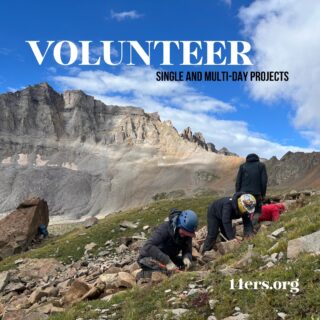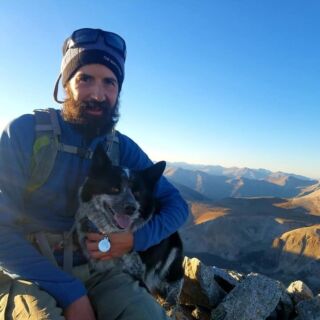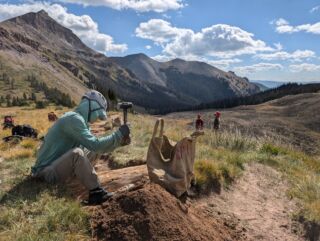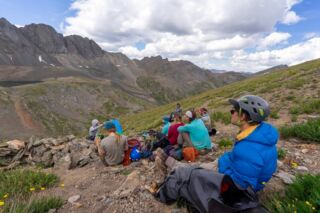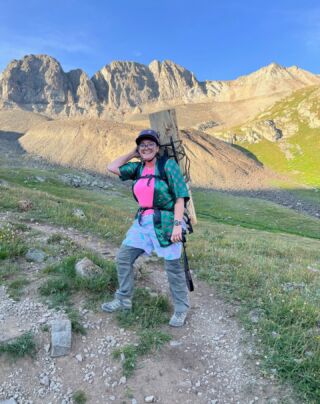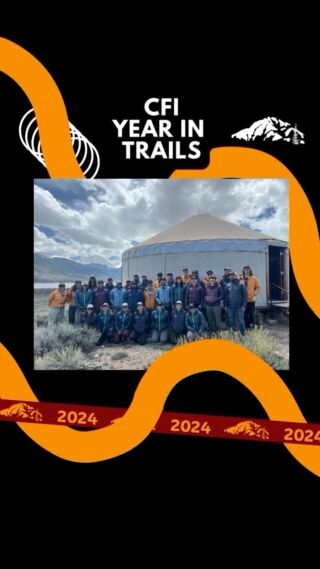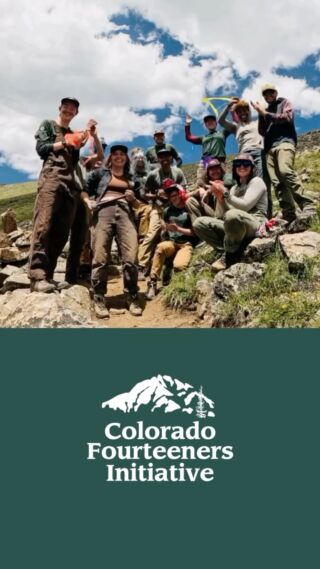Breaking Ground
Unique Moments of Trail Crew Life
Story by Chris Bjork
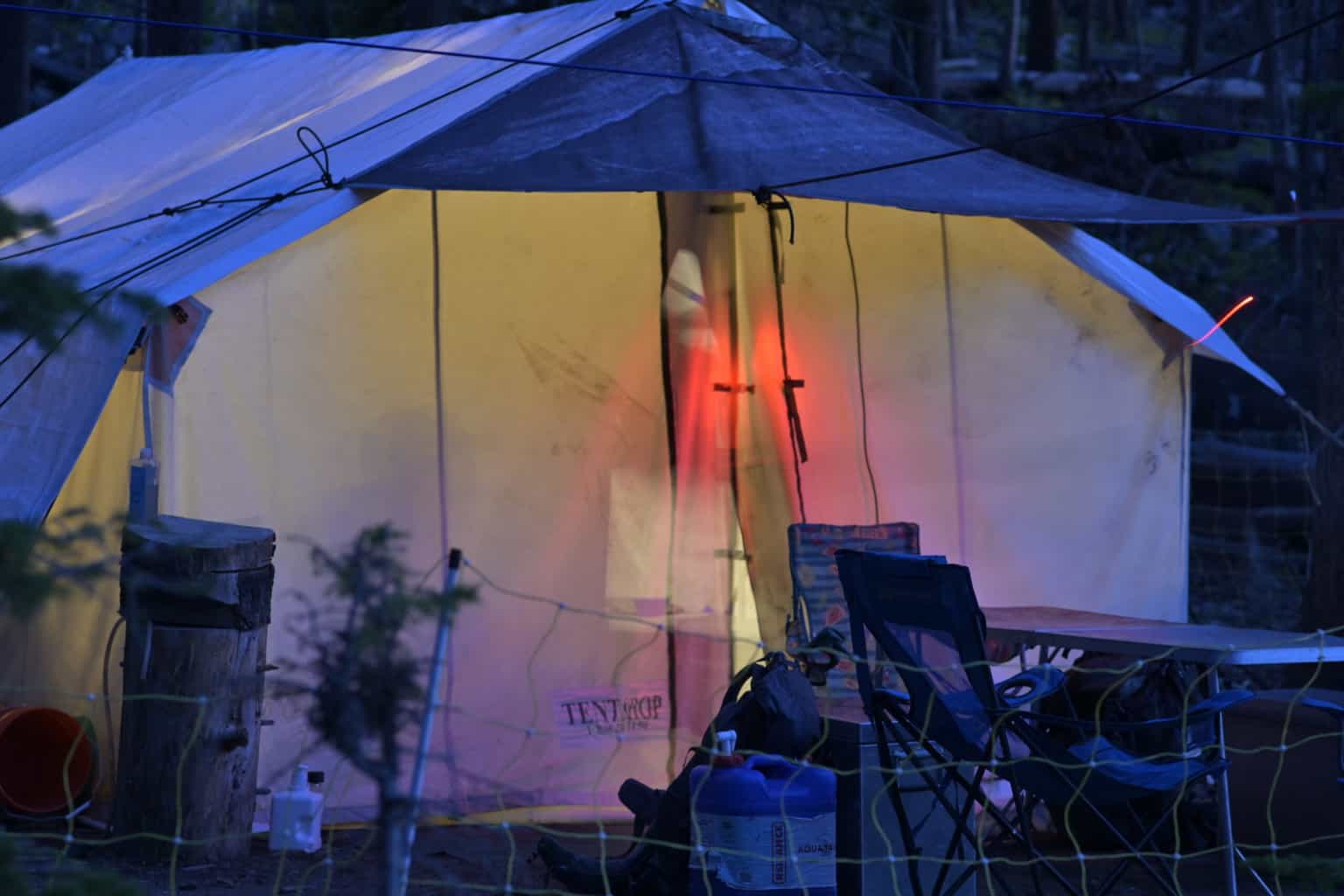
Photos by Riley Olds
When I summited my first fourteener seven years ago in my home state of Colorado, something powerful occurred. It happened to also be the tallest mountain in the state. I still find it funny that the experience happened almost entirely out of pure coincidence. On Saturday, August 12, 2017, a good friend and I decided to take a camping trip near Twin Lakes located about 15 miles south of the town of Leadville. Mount Elbert, Colorado’s highest fourteener, stands at an elevation of 14,440 feet and is the highest summit of the Rocky Mountains in North America. After setting up camp at the Twin Lakes Reservoir, we discovered that the North Elbert trailhead to the summit was only a couple miles from where we camped.
Instantly, we made the decision to embark on our first fourteener together. Little did I know at the time it would be an adventure that would ignite my passion for the mountains like never before, eventually fostering into a desire to protect my native state’s most precious natural landmarks. For over half of my life, my adventurous spirit and eagerness to explore Colorado’s backcountry has led me to set challenging goals for myself that I have successfully met in the Rocky Mountains.
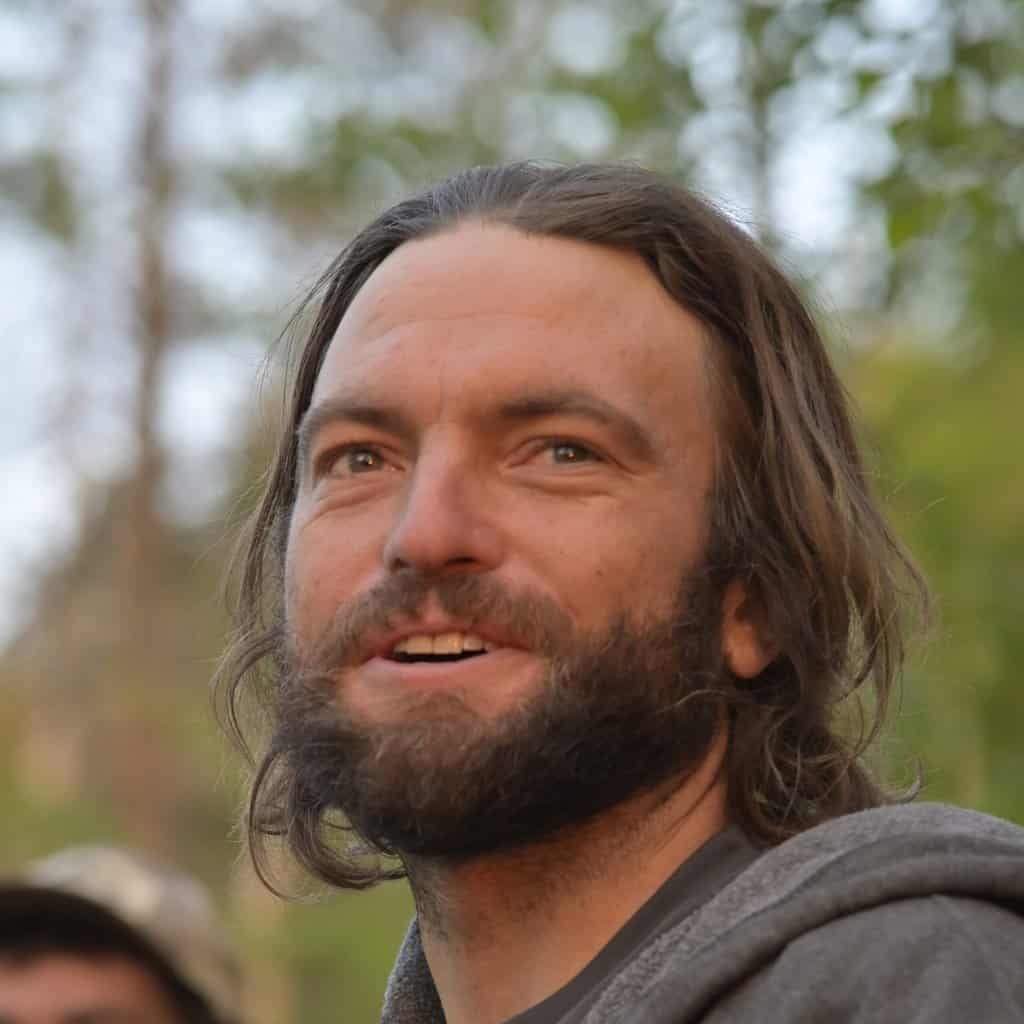
Chris Bjork
Lower Shavano Crew Member 2024
The trek humbled me in a multitude of ways. It was the first time I took real notice of some of the beautiful and unique flora and fauna found in the highest points of the Rockies. As we gained higher ground, we noticed trail workers implementing trail construction and cutting tread just above tree line. They were working a section of trail that looked badly eroded from overuse, trail cutting, and weatherization. As I observed the five to six-person work crew labor at 12,000 feet up the mountain, working on one of the most vulnerable looking parts of the trail, a chord struck deep within me. I hiked the rest of the trail that day with a heightened sense of awareness. I analyzed the damage in certain parts of the trail and developed an understanding of the threat’s hikers posed to the native, delicate plant life that is unique to Colorado’s popular fourteeners.
From that point on, I was determined and inspired to work towards protecting the threatened and sensitive ecosystems in Colorado’s high alpine environments. I began pursuing jobs offering opportunities in outdoor stewardship providing the necessary experience to eventually give back to some of the most gorgeous mountains in the country. Over the course of the next seven years, I took many backpacking expeditions all over Colorado’s backcountry. I summited over 32 of the state’s tallest mountains, getting closer to my goal of summiting all 58. I learned about different trail construction, repair, and maintenance techniques and utilized them in over five counties in urban and rural settings in the front range. I pursued the opportunity to work on the fourteeners – the places that grant spiritual, recreational and educational fulfillment.
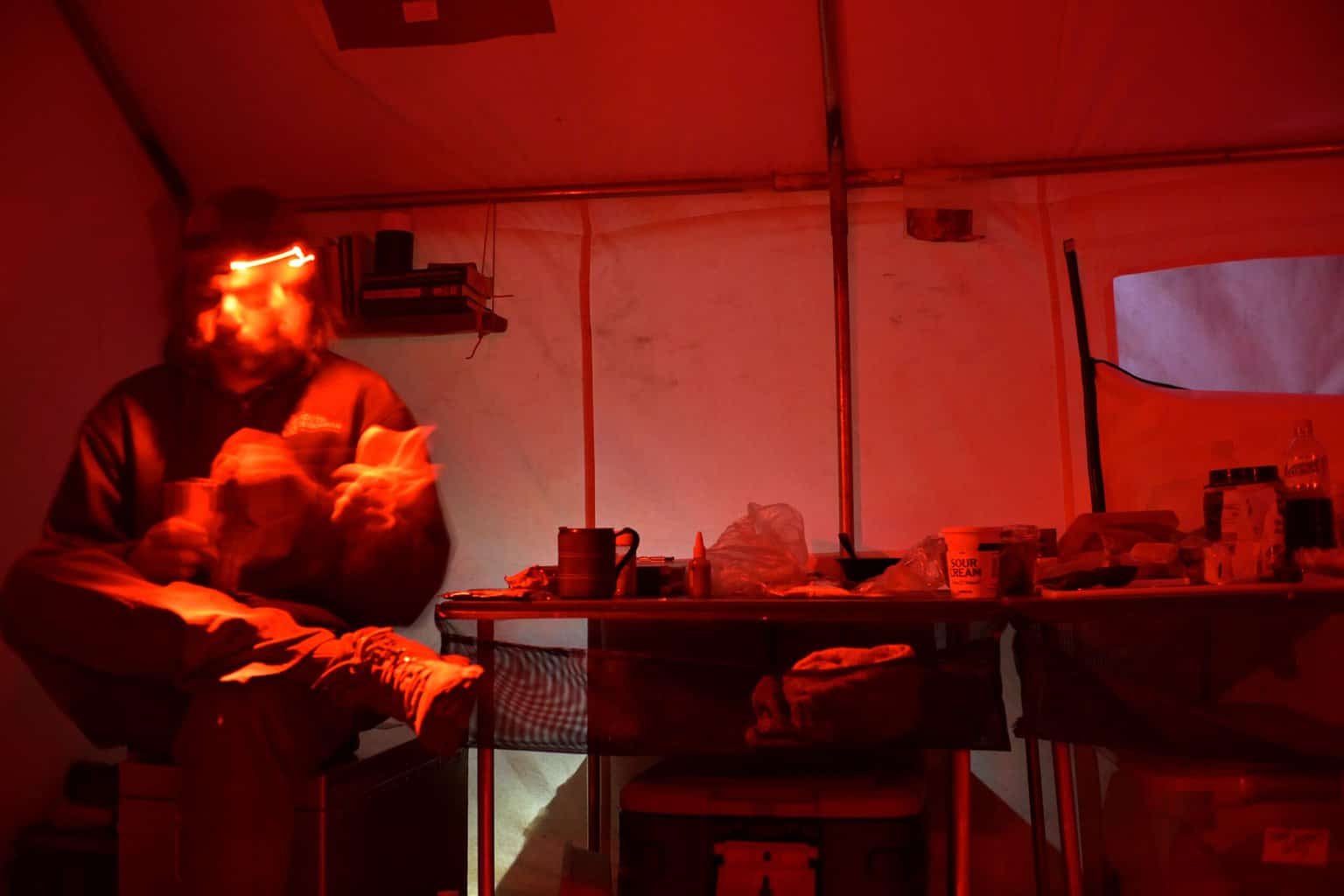
I started my first season working with the Colorado Fourteeners Initiative at a pivotal and historic time for the longstanding non-profit. This year marks the 30th anniversary for the initiative which comes with the largest body of seasonal crew staff. I was assigned to work on Mount Shavano on the lower portion of a new trail outlined and planned by the state’s forest service. It is the company’s third year establishing a new trail on the mountain in what will eventually be a six-year project. One of the central objectives of the project is to replace main portions of the original Shavano trail that have become heavily eroded and damaged. The old trail is also considered dangerous because of the long, steep sections of large and loose boulders and rocks that can potentially cause injury to hikers. Due to the heavy foot traffic the mountain endures, problems like this have continued to worsen. The project comes with a budget of nearly $2 million which covers 4.5 miles, gaining 4,600 feet. When finished, it will consist of 3 miles of new trail and 1.5 miles of heavy reconstruction on the original trail. It is estimated for completion by 2027.
I realized quickly that CFI hires highly skilled applicants. After meeting my five-person team during the two weeks of training at Mount Shavano and CFI’s headquarters at Twin Lakes, I learned of the unique talents each one of my crew possessed. The youngest person and photographer in our crew, Riley Olds, has an impressive professional background in outdoor conservation work and natural and cultural resource protection, trail and campsite maintenance and restoration. These skills came from his time working as a Wilderness Ranger in California and working on a Conservation crew.
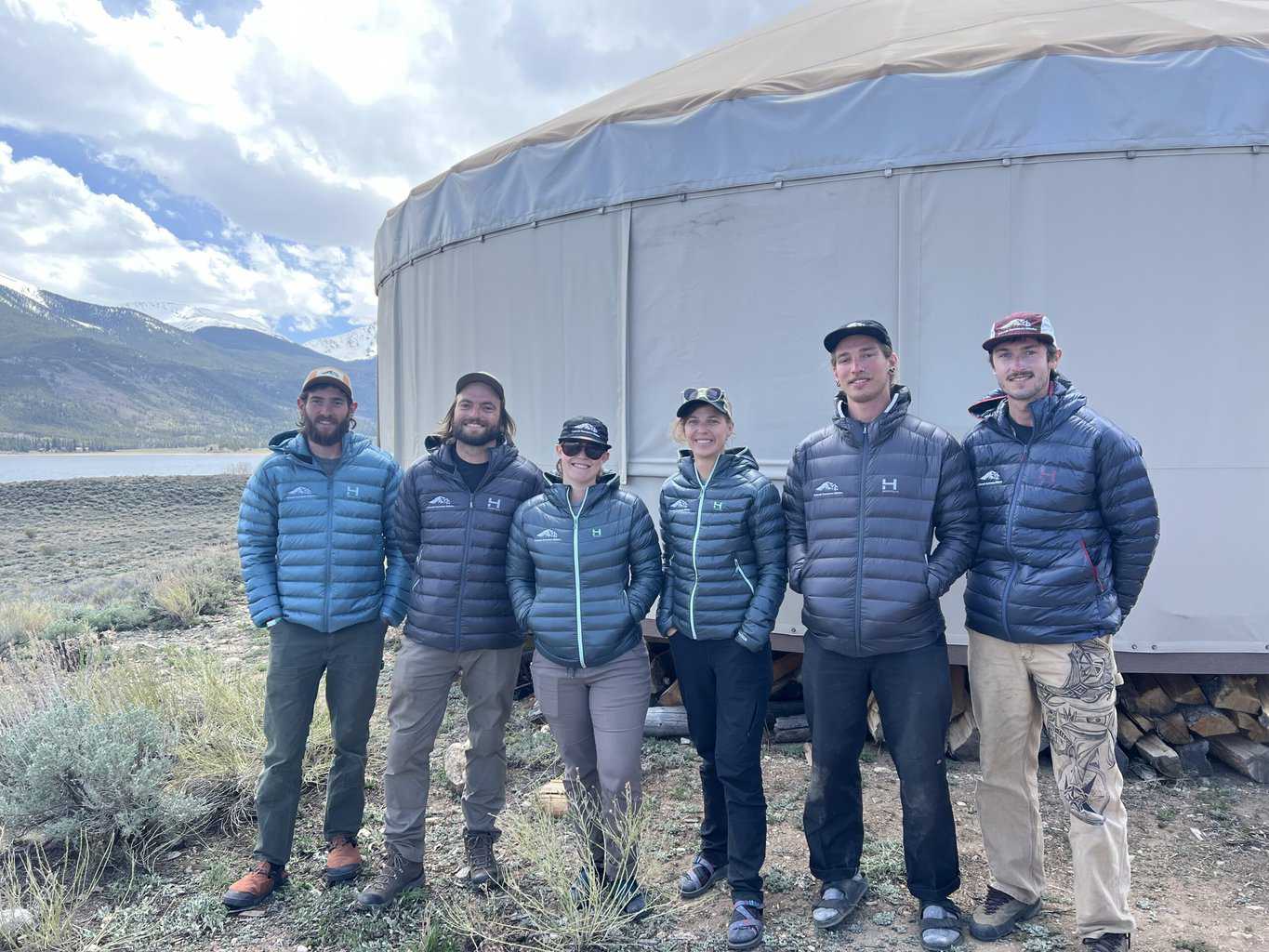
David Precour is one of the leads for the lower Shavano project this season and comes with several years of trail construction, outdoor conservation and environmental restoration experience both on Shavano and previous CFI projects. Kate Barrett is the second lead for our season and brings leadership experience from a distinguished non-profit stewardship organization, Volunteers for Outdoor Colorado. Tyler Warren brings some of the most widespread trail work experience as a crew member this season. He’s completed trails projects with the Southwest Conservation Corps and outdoor stewardship organizations based in the Pacific Northwest. We successfully recruited Emily Miller at the beginning of our third hitch growing our team to six people.
From the beginning of the first shift on Mount Shavano in late May to the final eight-day hitch in September, every work week on the mountain was unique. There were no two hitches that felt similar to another, each offering their own exclusive trials, weather conditions and learning opportunities. In the beginning, I was naive to the amount of required adaptation of each working hour on the mountain. Every new untouched section of trail we flagged and formed had its own singular identity in grade, size, scope, type of terrain and aesthetic needs. This meant my approach, planning and methodology to carve a particular section of bench and backslope was constantly changing and developing. In trail work, a bench is a section of a trail tread that’s cut into the side of a hill. Benching is a maintenance technique that involves digging down and compacting the tread to create a new trail shape.
Overcoming the trials and tribulations of these harder sections undoubtedly led to moments of frustration and discouragement. But as my skills continued to improve with each hitch, so did my patience and trust with the demands of the process. This is my first season of high alpine trail work in a challenging natural environment. One of the best pieces of advice I received during the week of field training was from Tom Cronin, CFI’s Field Projects Manager, who mentioned the importance of “pacing yourself to maintain efficient physical performance all season.” It was also helpful to provide myself with encouragement and praise for making it this far. I felt a newfound sense of excitement and determination when hiking up with the 2024 seasonal staff at the beginning of training. I was finally seizing the opportunity to make a difference in one of the most stunning places in the Rocky Mountains.
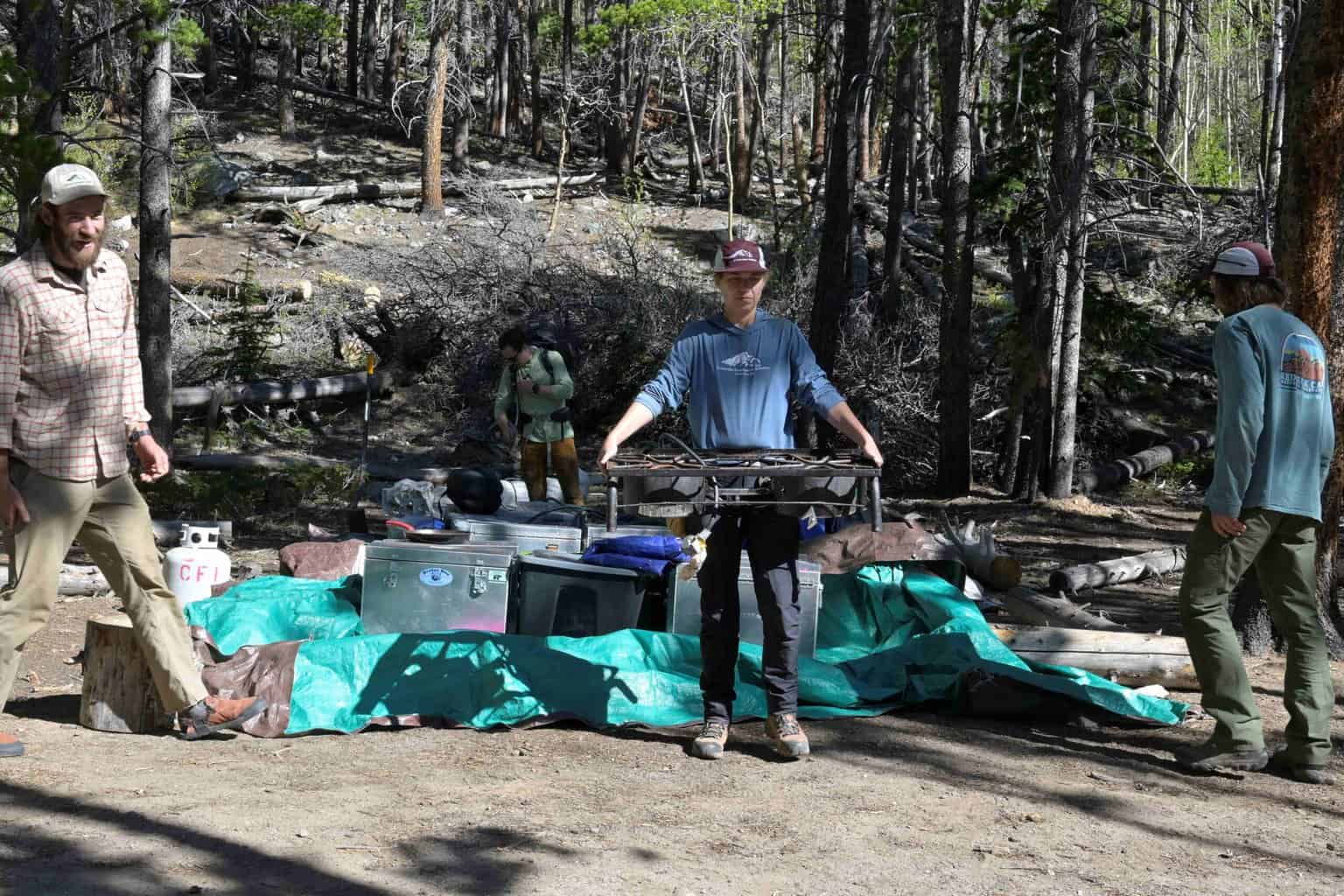
Keep an eye out for Part II to get a run down on the first few hitches of the season.


